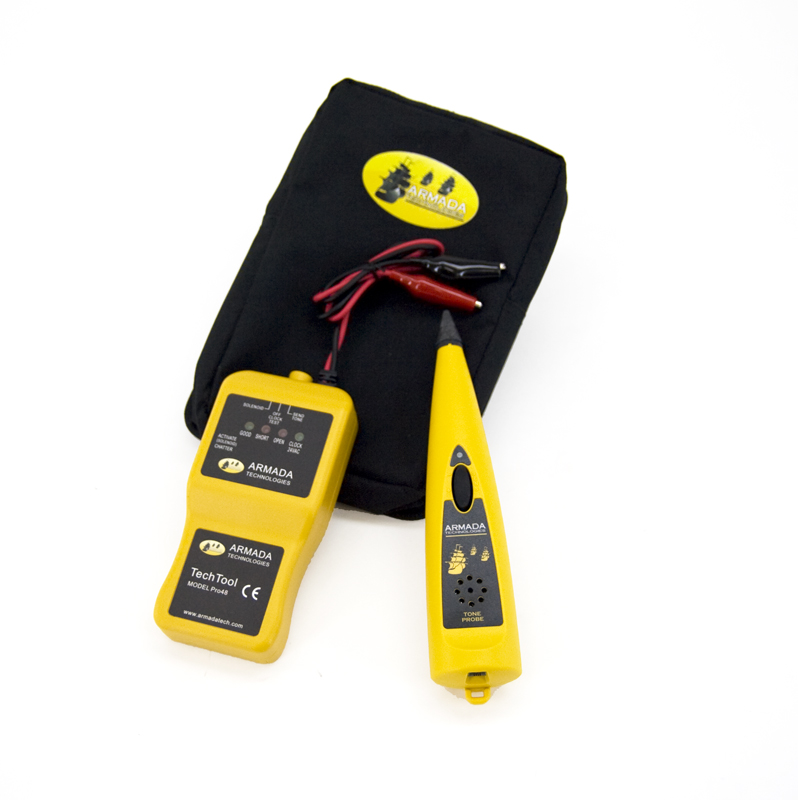- Categories:
- Irrigation
- Maintenance

Your client's controller suddenly stopped working. But how do you know where to start to fix the interruption? With an electrical multimeter, you can quickly discern which of the 3 major electrical components of an irrigation system is faulty – is it the controller, wires, or the solenoid?
Start with the controller since all electricity emanates from there. First, activate the zone in question. Place the multimeter is the AC voltage position (sometimes represented as a wavy line or Vac). Connect the multimeter to the zone by placing one lead (red or black) to the zone controller terminal and the other lead to the common wire for that zone. The ensuing reading should be at or near 24 volts. If it is not 24volts or close to it, the problem lies in the clock and you need to repair or replace.
If the zone reads 24volts, then the remaining 2 components are suspect. So the next step is to check the wires. Set the multimeter to resistance or Ohms reading. This is sometimes identified with an omega symbol (Ω). Place the multimeter in resistance and connect one lead to the zone wire (disconnected from the clock) and the other lead to the common wire for that zone (also disconnected). If the multimeter shows a reading of between 20 and 60 Ohms, the wire and the solenoid at the far end are probably good. Any readings outside the magical 20-60 Ohms (manufacturers' solenoid resistance characteristics vary) it likely means trouble, (unless there is more than one solenoid on a zone, which would read high). If the number is outside the 20 to 60 Ohm range, repeat this resistance test at the valve, testing only the solenoid. Untwist the wire nuts to the solenoid and connect the multimeter in resistance mode directly to the solenoid. Again, the reading should be between 20 and 60 Ohms. If it is, then the wire is the problem. If it is not, then the solenoid has gone bad.
These same tests can be run with a modern analog solenoid activator/chatterer. These testers have an LED that when hooked as above gives an indication as to controller, wire, and solenoid condition. They work exactly the same as the multimeter except that instead of a number readout, they will light an LED that corresponds to system condition (good, short, open or 24vac). This tester style is simple to use and read.
The newest version is a digital solenoid activator/chatterer. This tester does everything the analog versions do but adds other diagnostic tests like DC or high resistance solenoids and has a built-in multimeter too.
Horizon recommends the Armada Technology Multimeters, like the PRO48K Multi-Function System Tester. Check out the complete lineup here.
Armada Technologies LLC
8535 Byron Commerce Dr., Byron Center, MI 49315 USA
616-803-1080